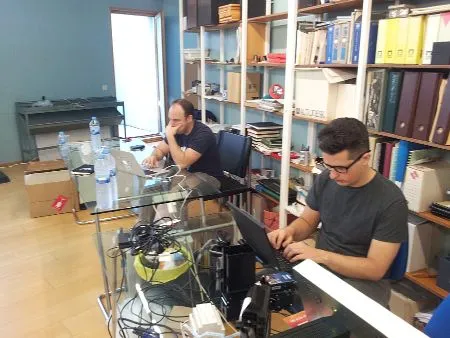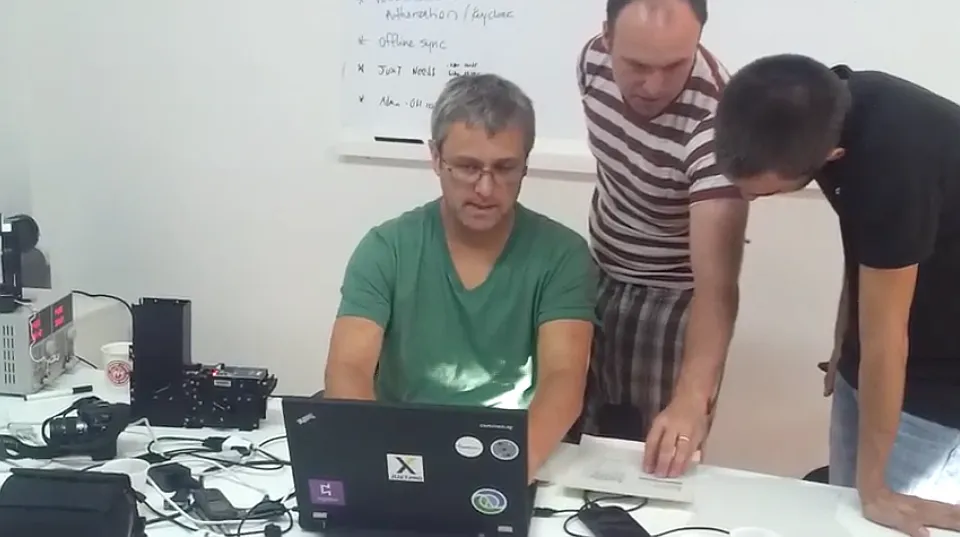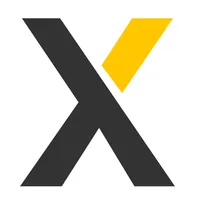Electric Bikes
Ride On is a public bikes scheme with a difference. The advantage with Ride On bikes is that they are electric, meaning that the bike itself will help you pedal. This has positive implications for the environment because less trucks are needed to move the bikes from station to station, as people will cycle uphill as well as downhill.
The evidence suggests that people use electric bikes more than standard non-powered bikes, and so this helps to reduce city traffic, whilst giving the rider a happier experience.
It’s a win-win and a hugely exciting project. At JUXT we’re thrilled to be a part of it.
The Scope and Timescales
Each docking station has a user facing touchscreen kiosk providing registration and ability to add credit to their NFC touch cards. When bikes are docked and undocked using a touch card, the station will validate and broadcast every event to a remote server.
Working alongside the client, JUXT provided the initial software for the public facing docking stations, as well as the software for a central server platform. The Ride On team have a specialist set of engineers for building the hardware micro-controllers operating the physical docks. In parallel a separate development team would build a public facing web-application and mobile platforms, that would interact with the central server through REST calls.
An MVP needed to be built in a matter of months, an extremely ambitious target.
Why Clojure?
Immutability was a core requirement. Ride On didn’t want to ever lose data, and so reports and dashboards should be materialised views on immutable events. Clojure was therefore seen as a good fit for its functional approach when it comes to working with data.
Clojure was also chosen because development teams can go at speed on greenfields software projects, and the resulting codebase will be simpler and leaner.
There wasn’t the time for building software in the mainstream style, with costly large object models to maintain and to dependency manage. Here the emphasis was on delivering business value pragmatically, and to production grade.
ClojureScript
We used ClojureScript for the touch screen application. Although Kiosks have traditionally been built using specialist vendor based SDKs, ClojureScript in the browser has so far been an excellent choice. We could rapidly develop it using Figwheel, and because the Kiosk’s server-side application is also written in Clojure, we get the benefits of both front-end and back-end development using the same stack. We could develop quickly, evolving our solution without the coordination overhead of involving separate teams. The library support was also essential, using APIs such as Tower for internationalisation.

We also used ClojureScript for the central server, receiving data from all the docking stations. Using Om, we built a dashboard showing real-time events (propagated via HTTP Server Sent Events) and hardware status information, for example to show the battery charge of a bike connected to an individual dock.
The use of ClojureScript allowed for rapid development, which has become a lot easier, owing to growing maturity of the tool set.
Interacting with Hardware
We needed to write software inside the Kiosk to interact with physical card-dispensers, printers, and other devices. Here the Component pattern was vital in life-cycle managing the various ports we needed to open. We used Gloss to represent the binary messages being passed back and forth.
We didn’t automatically choose Gloss, but after a short amount of time it became clear that Gloss was an essential component of the stack. It would be a serious anti-pattern to have raw hex definitions spread across your codebase, as we quickly found. When you have a name-space of crisp and clear Gloss packet definitions, looking beautiful and easily understandable, then you know you’ve hit upon the simple-made-easy Clojure way.

We used ZeroMQ to communicate with the docking hardware micro-controllers, each running specialist firmware.
Working with Data
The production systems we use at JUXT typically rely on Prismatic’s Schema to some degree. We coerced incoming JSON payloads against our declared Schemas, reporting anomalies if we receive an event we cannot understand.
We used Compojure-api to give us a Swagger endpoint describing our RESTful services. This gave us a self-documented API we could pass on to downstream consumers.
Conclusion
The timescale was tight, and there were many moving parts that all had to land together. The project has been successful and is ready to power Ride On’s electric bikes going forward. Look out for Ride On bikes in a city near you!







